Home>Gardening & Outdoor>Landscaping Ideas>What Is K31 Grass Seed
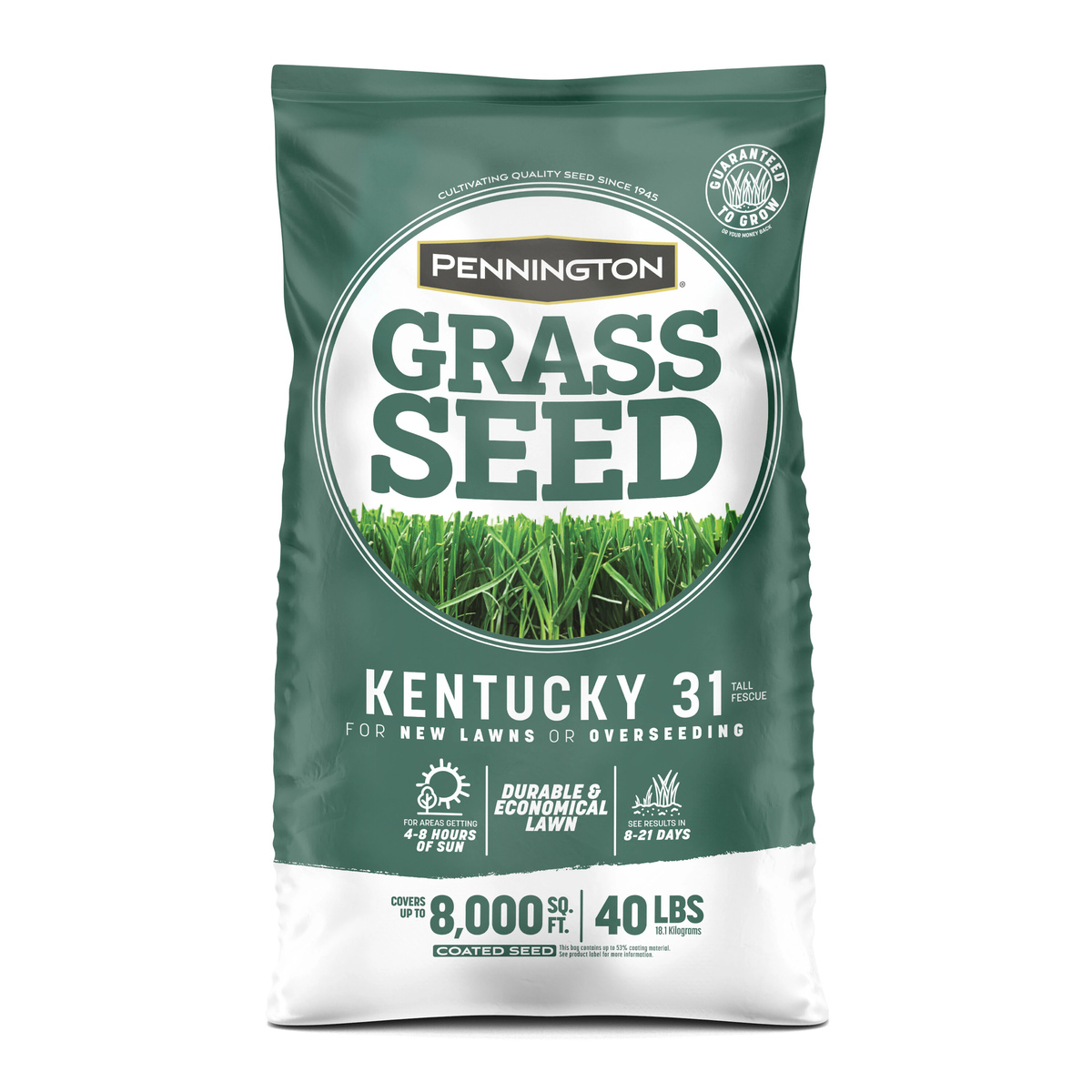

Landscaping Ideas
What Is K31 Grass Seed
Modified: March 27, 2024
Learn how K31 grass seed can enhance your landscaping ideas. Discover the benefits of using K31 grass seed for your lawn.
(Many of the links in this article redirect to a specific reviewed product. Your purchase of these products through affiliate links helps to generate commission for Storables.com, at no extra cost. Learn more)
**
Introduction
**
If you're seeking a resilient and adaptable grass seed variety for your landscaping endeavors, K31 grass seed might just be the answer. This particular grass seed, known for its hardiness and versatility, has garnered attention for its ability to thrive in various conditions. Whether you're looking to revitalize a patchy lawn, establish a lush green space, or prevent soil erosion, K31 grass seed could be the ideal solution.
In the following sections, we'll delve into the characteristics, uses, planting techniques, and maintenance tips for K31 grass seed. By the end of this article, you'll have a comprehensive understanding of how this remarkable grass seed can elevate your outdoor spaces. So, let's embark on a journey to explore the world of K31 grass seed and unlock the secrets to cultivating a vibrant and enduring landscape.
**
Key Takeaways:
- K31 grass seed is a resilient and versatile option for landscaping, thriving in various conditions and offering vibrant green color and deep root system.
- From revitalizing lawns to preventing soil erosion, K31 grass seed is a reliable solution for creating enduring and visually captivating outdoor spaces.
Read more: What Is Kentucky 31 Grass Seed
Characteristics of K31 Grass Seed
**
Before delving into the practical applications of K31 grass seed, it’s essential to understand its unique characteristics. K31, a type of tall fescue, possesses several qualities that make it a desirable choice for landscaping and lawn care.
- Drought Tolerance: K31 grass seed exhibits impressive drought tolerance, enabling it to thrive in arid conditions. This resilience makes it an excellent option for regions with sporadic rainfall or limited access to irrigation.
- Hardiness: Known for its robust nature, K31 grass seed can withstand heavy foot traffic and recover effectively from environmental stressors. This trait is particularly advantageous for high-traffic areas such as sports fields and recreational spaces.
- Adaptability: K31 grass seed demonstrates remarkable adaptability to various soil types, including clay and sandy soils. This versatility allows it to flourish in diverse environments, making it a reliable choice for landscaping projects with differing soil compositions.
- Deep Root System: One of the standout features of K31 grass seed is its deep root system, which enhances its ability to access water and nutrients from the soil. This characteristic contributes to its overall resilience and longevity.
- Rich Green Color: Despite its hardiness, K31 grass seed boasts a vibrant green hue that adds aesthetic appeal to outdoor spaces. Its lush coloration enhances the visual allure of lawns and landscapes.
These characteristics collectively position K31 grass seed as a reliable and adaptable option for a wide range of landscaping projects. Whether you’re aiming to establish a verdant lawn, reinforce soil stability, or create an inviting outdoor environment, the unique attributes of K31 grass seed make it a compelling choice for both residential and commercial applications.
**
Uses of K31 Grass Seed
**
With its exceptional characteristics, K31 grass seed serves a myriad of purposes across diverse landscaping and turf management initiatives. Understanding the versatile applications of this resilient grass seed can inspire creative solutions for enhancing outdoor spaces.
- Lawn Renovation: K31 grass seed is a popular choice for rejuvenating tired or patchy lawns. Its ability to thrive in challenging conditions makes it well-suited for revitalizing existing grassy areas, transforming them into lush and resilient landscapes.
- Soil Erosion Control: The hardiness and deep root system of K31 grass seed make it an effective tool for mitigating soil erosion. Whether used on slopes, embankments, or construction sites, this grass seed helps stabilize the soil and prevent erosion, contributing to environmental conservation efforts.
- Recreational Areas: Parks, playgrounds, and sports fields benefit from the durability of K31 grass seed. Its capacity to withstand heavy use and rapid recovery from wear and tear make it an ideal choice for high-traffic recreational spaces.
- Pasture Establishment: K31 grass seed is often utilized for establishing pastures for livestock. Its resilience and adaptability to different soil types make it a practical and sustainable option for supporting grazing animals.
- Landscaping Projects: Whether used in residential landscaping or commercial developments, K31 grass seed adds aesthetic appeal to outdoor environments. Its rich green color and robust growth make it a valuable asset in creating visually appealing and enduring landscapes.
By leveraging the diverse uses of K31 grass seed, landscaping professionals and homeowners alike can address various challenges and achieve their desired outdoor aesthetic. From combatting soil erosion to creating vibrant recreational spaces, the versatility of K31 grass seed empowers individuals to elevate the functionality and allure of their outdoor landscapes.
**
K31 grass seed is a type of tall fescue grass known for its durability and ability to withstand heavy foot traffic. It is often used for lawns, parks, and sports fields.
How to Plant K31 Grass Seed
**
Planting K31 grass seed involves a series of strategic steps to ensure successful establishment and robust growth. By following these guidelines, you can maximize the potential of K31 grass seed and cultivate a thriving green space.
- Site Preparation: Begin by preparing the planting site. Clear the area of debris, rocks, and weeds, and ensure that the soil is adequately aerated. Level the ground to create a smooth and even surface for planting.
- Soil Testing: Conduct a soil test to assess the pH level and nutrient content of the soil. This information will guide you in making any necessary adjustments to create an optimal environment for the K31 grass seed.
- Seeding: When seeding K31 grass, it’s essential to distribute the seeds evenly across the prepared area. Using a seed spreader can help achieve uniform coverage, promoting consistent germination and growth.
- Seed Depth: Ensure that the K31 grass seeds are sown at the appropriate depth. A general guideline is to plant the seeds at a depth of approximately 1/4 to 1/2 inch for optimal germination and establishment.
- Watering: After seeding, provide adequate moisture to support germination. Keep the seeded area consistently moist but not waterlogged, as excessive moisture can hinder seedling development.
- Establishment Period: During the initial growth phase, it’s crucial to monitor the K31 grass seedlings and provide proper care. This includes regular watering, protection from excessive foot traffic, and the gradual introduction of a mowing regimen once the grass reaches an appropriate height.
By adhering to these planting guidelines, you can lay the groundwork for the successful establishment of K31 grass seed. Whether you’re overseeing a large-scale landscaping project or tending to a residential lawn, the proper planting techniques are instrumental in nurturing healthy and resilient grass growth.
**
Maintenance of K31 Grass Seed
**
Once K31 grass seed has been planted and begins to flourish, it’s essential to implement a comprehensive maintenance regimen to support its ongoing health and vitality. By prioritizing key maintenance practices, you can ensure that your K31 grass remains lush, resilient, and visually appealing.
- Watering: Proper watering is crucial for the sustained health of K31 grass. During periods of insufficient rainfall, supplement the grass with regular watering, ensuring that the soil remains consistently moist to support optimal growth.
- Fertilization: Periodic fertilization is beneficial for enhancing the nutrient content of the soil and promoting robust grass growth. Select a high-quality fertilizer suitable for tall fescue grasses and apply it according to the manufacturer’s recommendations.
- Mowing: Maintain an appropriate mowing schedule to keep the K31 grass at an optimal height. Avoid cutting the grass too short, as this can stress the plants and impede their ability to thrive. Instead, aim to trim the grass to a height that promotes root development and resilience.
- Weed Control: Regularly inspect the lawn for weeds and implement effective weed control measures as needed. This may involve manual removal of weeds or the application of herbicides targeted to specific weed species while minimizing impact on the K31 grass.
- Aeration: Periodic aeration of the soil can alleviate compaction and improve the circulation of air, water, and nutrients to the grass roots. This practice enhances the overall health and vigor of the K31 grass, contributing to its long-term resilience.
- Pest and Disease Management: Monitor the grass for signs of pests or diseases and take prompt action to address any issues. Implementing integrated pest management strategies and practicing good cultural care can help minimize the impact of pests and diseases on the K31 grass.
By integrating these maintenance practices into your lawn care routine, you can nurture thriving K31 grass that enhances the beauty and functionality of your outdoor environment. With proper watering, fertilization, mowing, and vigilant pest management, you can enjoy a vibrant and resilient lawn that embodies the enduring qualities of K31 grass seed.
**
Conclusion
**
As we conclude our exploration of K31 grass seed, it’s evident that this resilient and adaptable grass variety holds tremendous potential for transforming outdoor landscapes and addressing a myriad of landscaping challenges. From its remarkable drought tolerance and hardiness to its vibrant green color and deep root system, K31 grass seed embodies the qualities of endurance and versatility.
By understanding the characteristics, uses, planting techniques, and maintenance requirements of K31 grass seed, landscaping enthusiasts and homeowners can harness its full potential to create enduring and visually captivating outdoor spaces. Whether you’re seeking to revitalize a patchy lawn, stabilize soil on slopes, or establish a vibrant recreational area, K31 grass seed offers a reliable and sustainable solution.
As you embark on your landscaping endeavors, consider the remarkable attributes of K31 grass seed and the myriad of possibilities it presents for elevating your outdoor environments. By incorporating this resilient grass seed into your landscaping projects and implementing the recommended planting and maintenance practices, you can cultivate thriving green spaces that endure the test of time.
Embrace the enduring qualities of K31 grass seed, and let its resilience and adaptability pave the way for lush, vibrant, and enduring landscapes that captivate the senses and enrich outdoor experiences for years to come.
Frequently Asked Questions about What Is K31 Grass Seed
Was this page helpful?
At Storables.com, we guarantee accurate and reliable information. Our content, validated by Expert Board Contributors, is crafted following stringent Editorial Policies. We're committed to providing you with well-researched, expert-backed insights for all your informational needs.
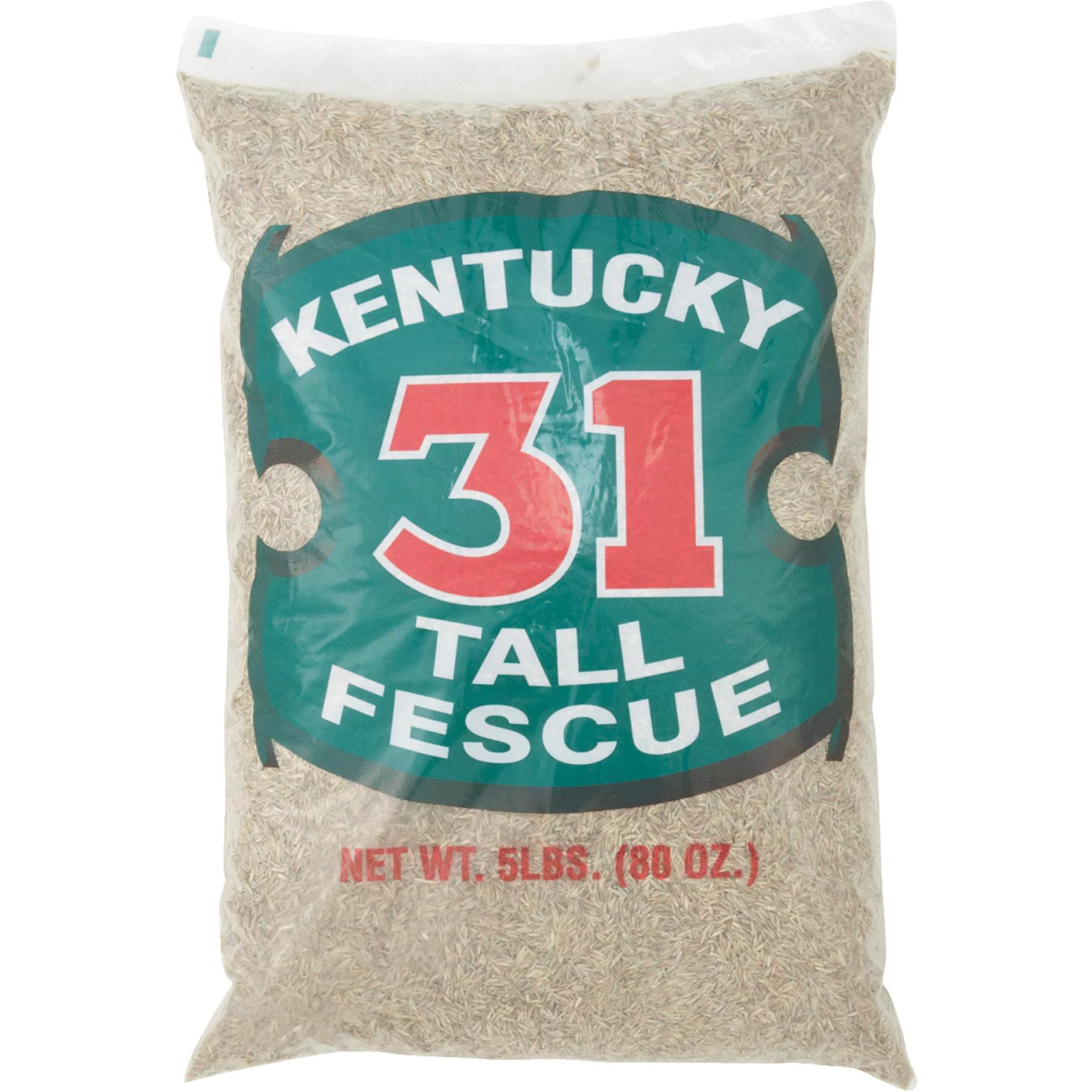
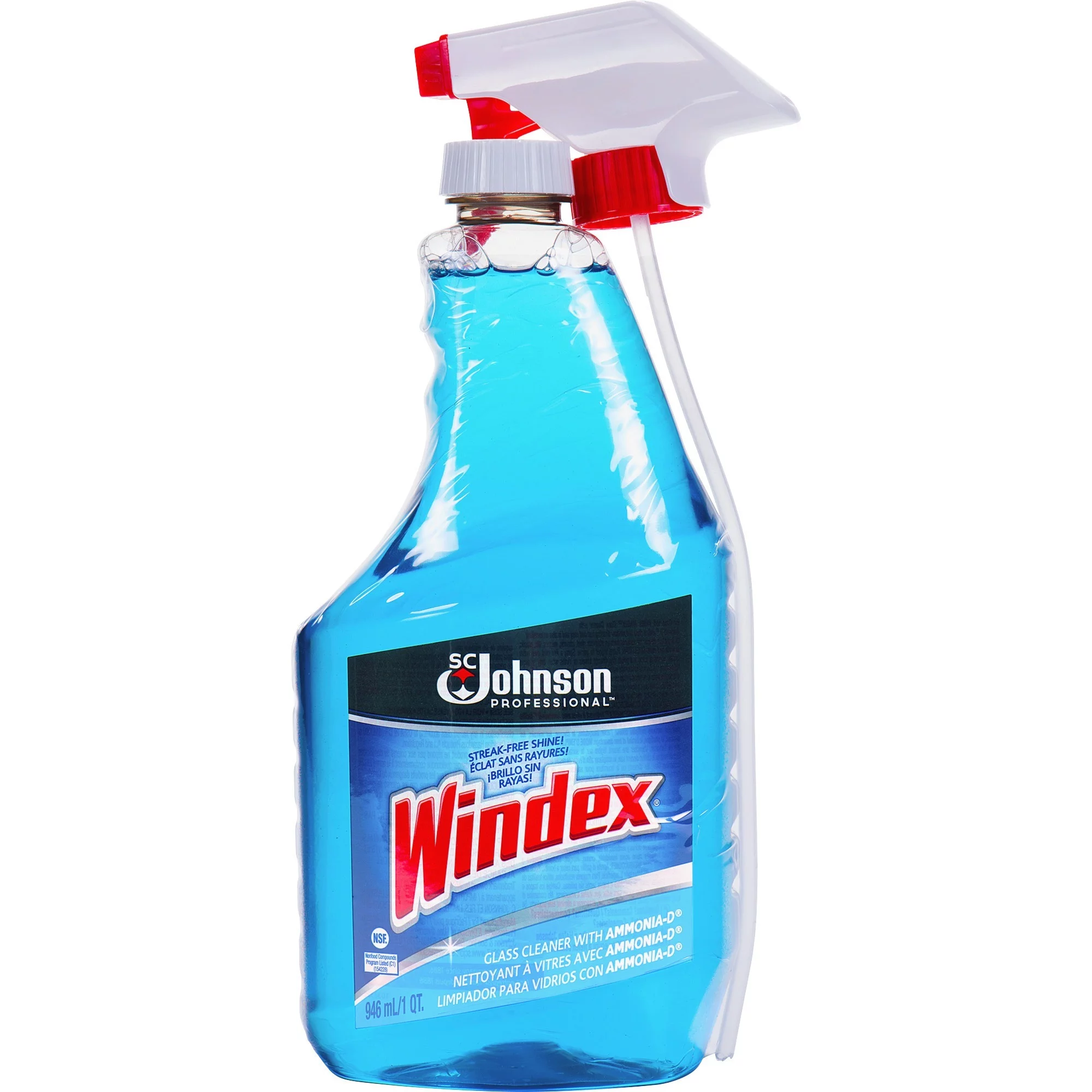



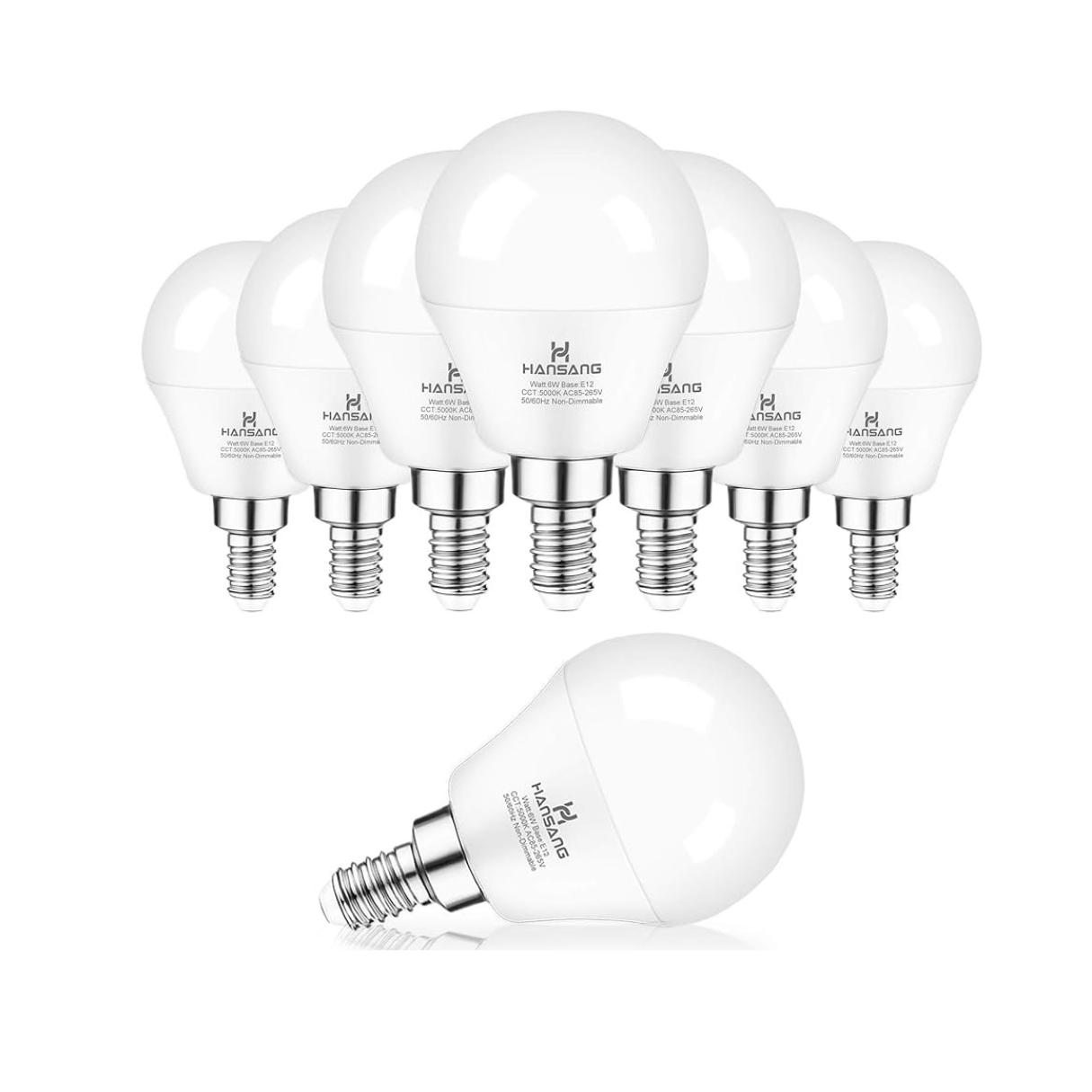

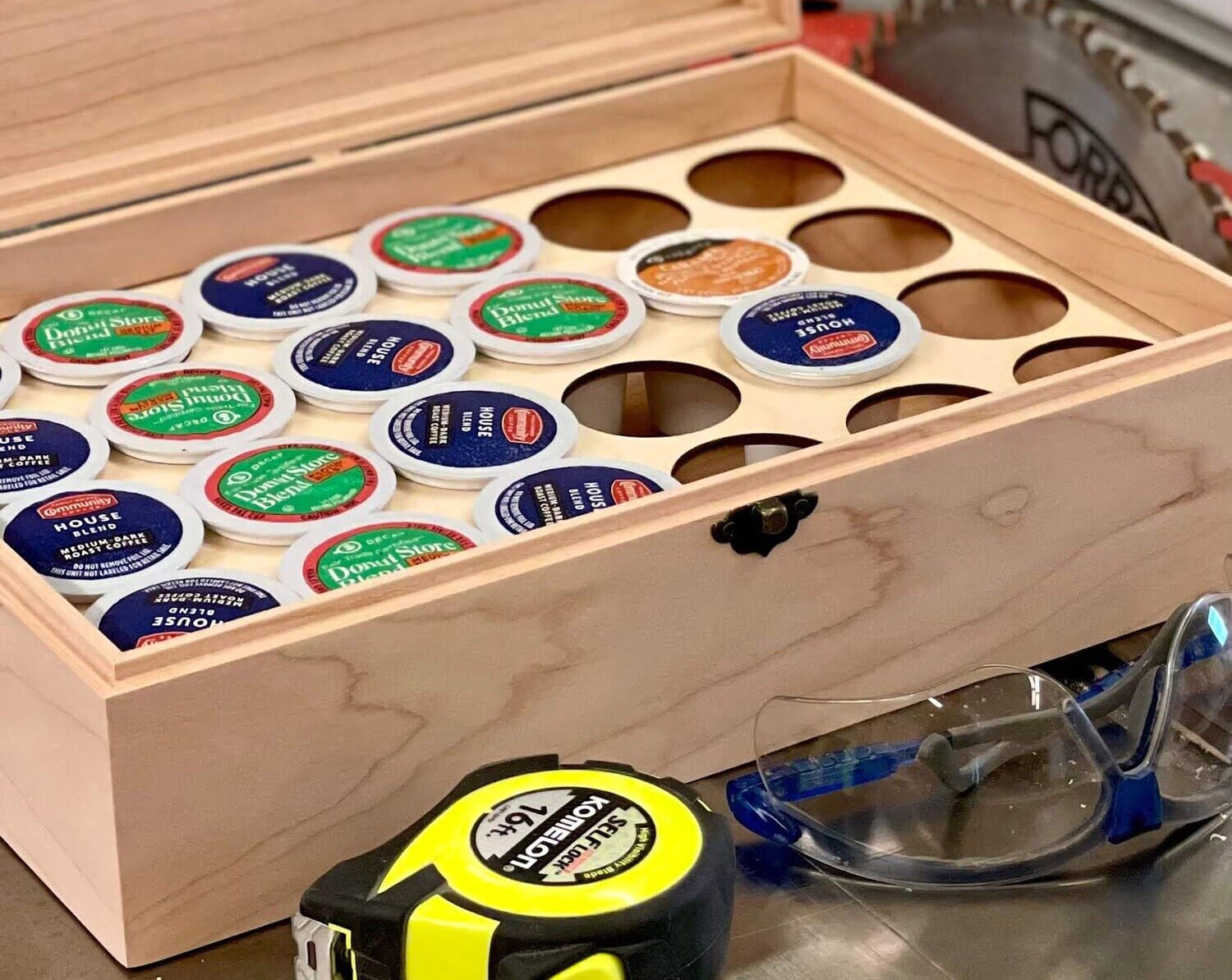
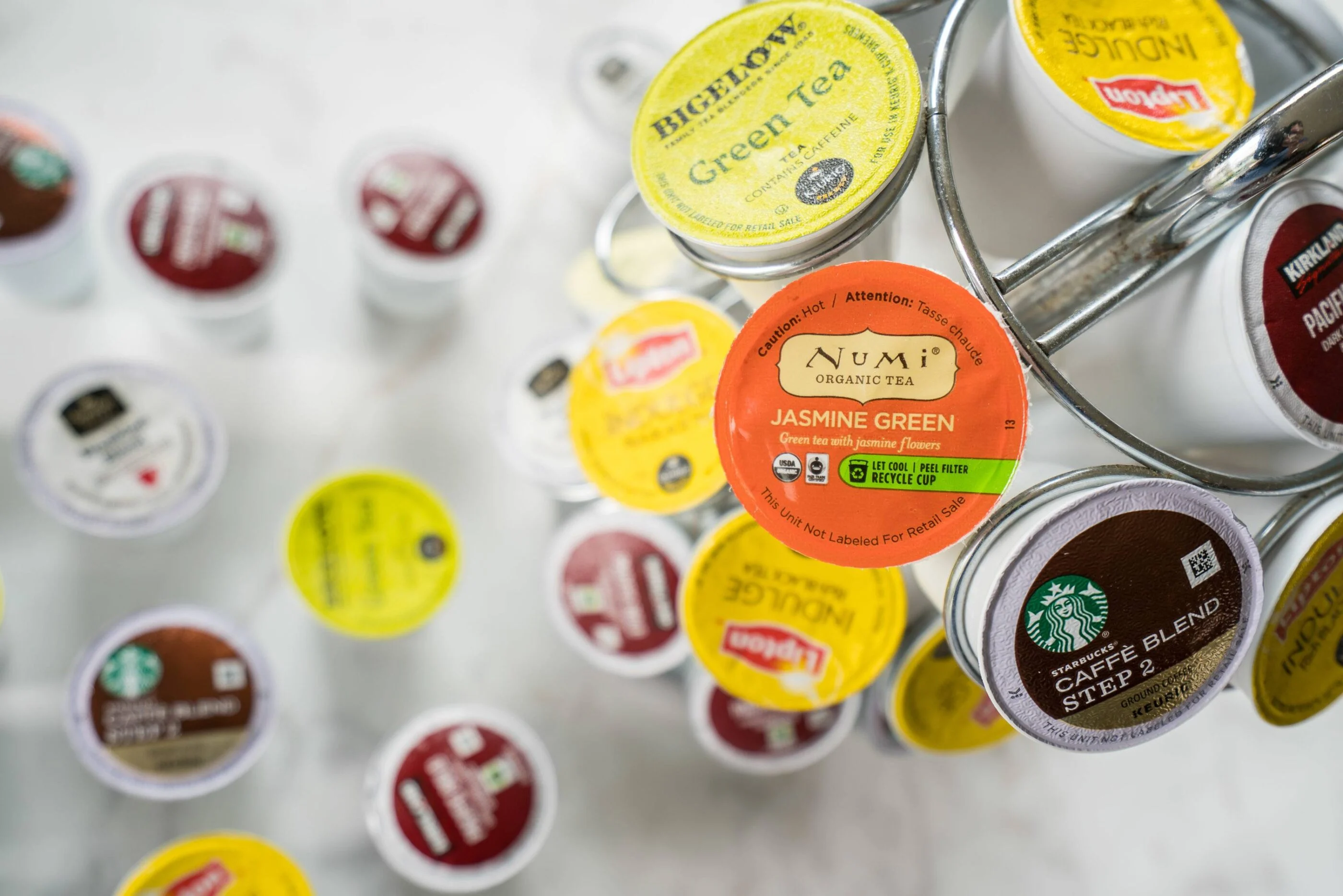
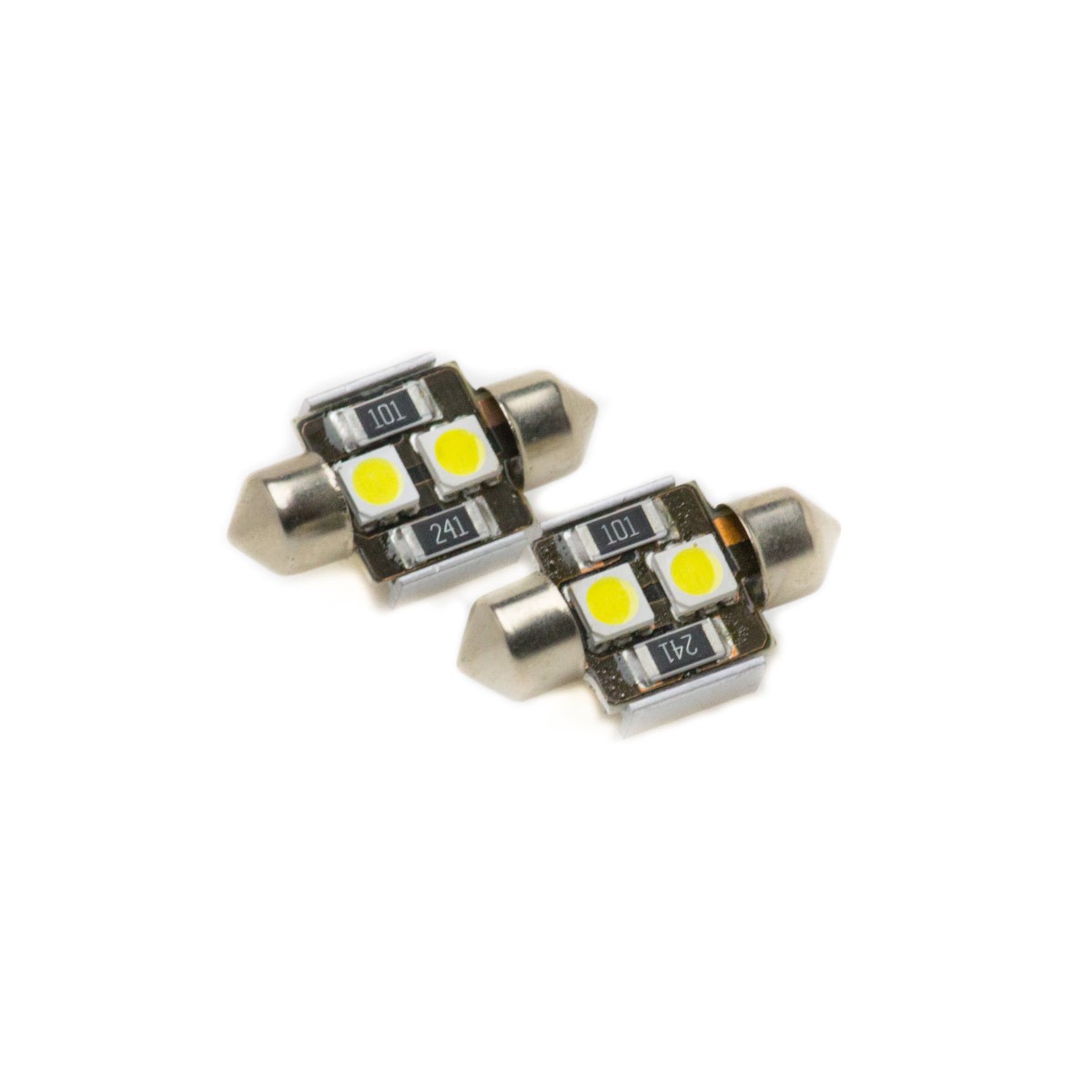

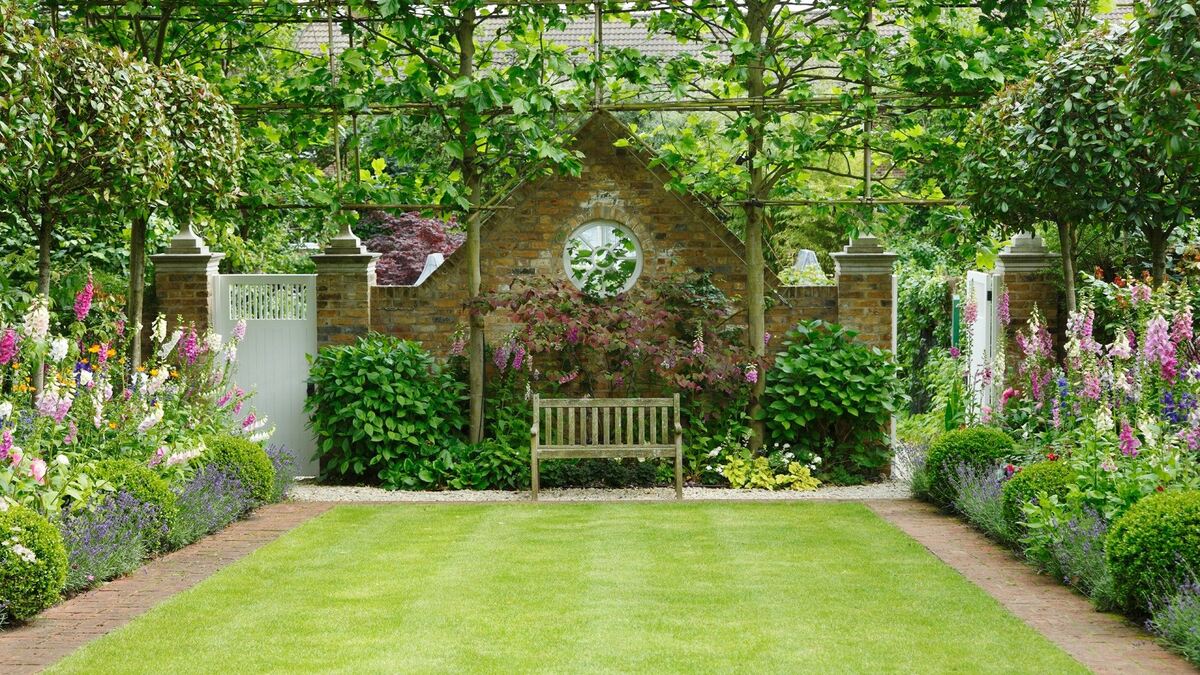
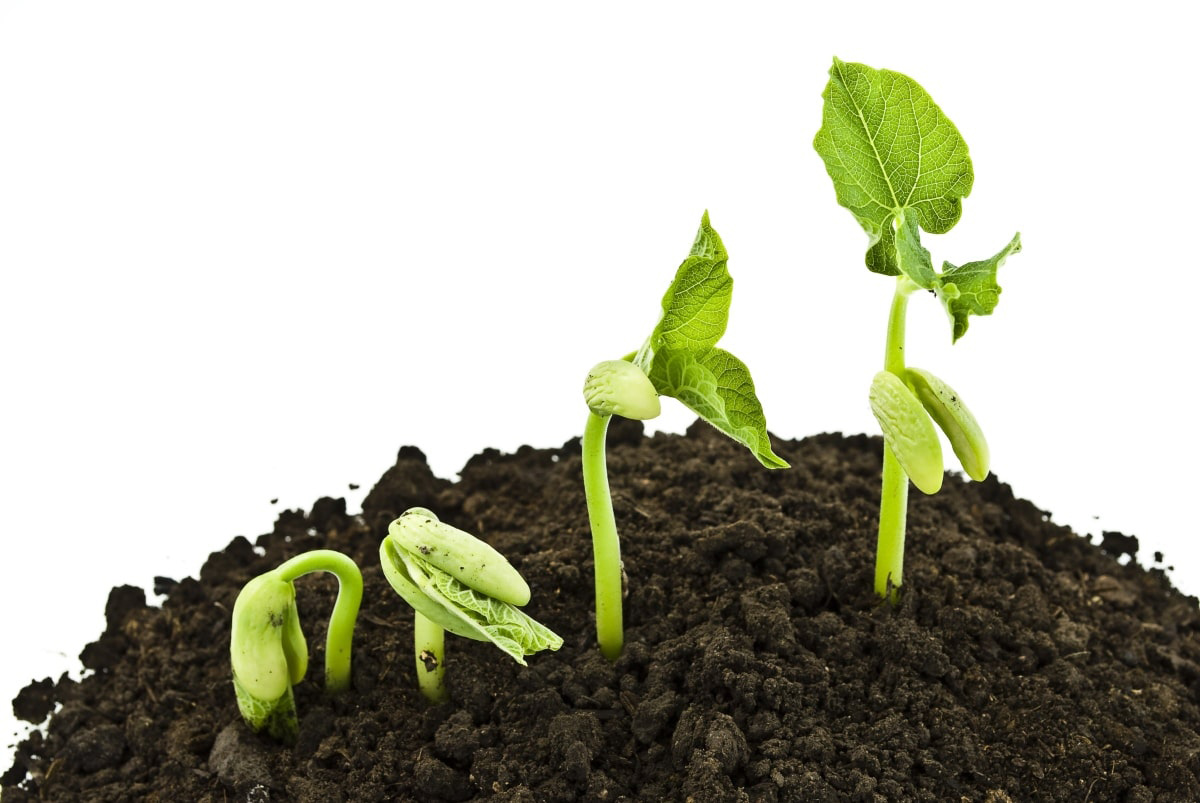
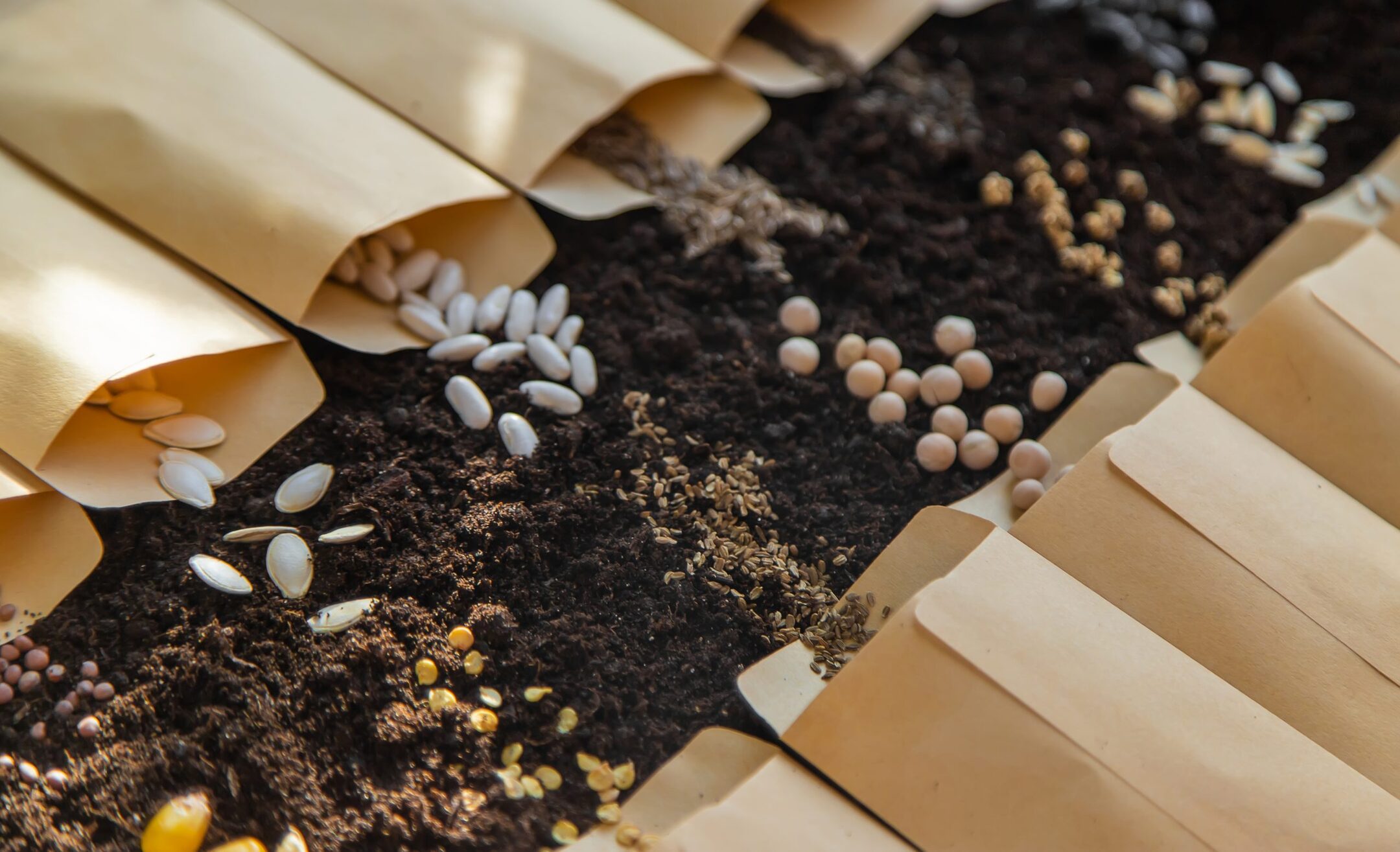

0 thoughts on “What Is K31 Grass Seed”